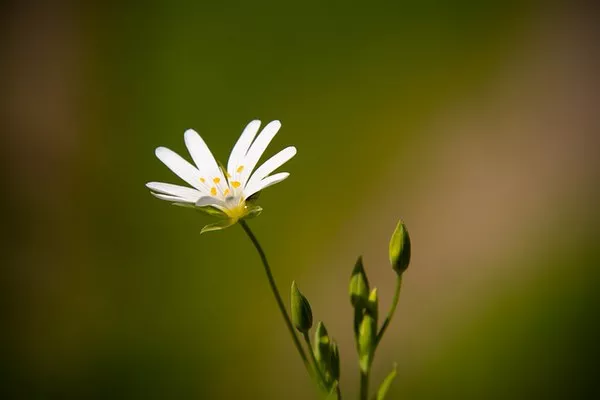Historically, invasive plant species management in India has been hampered by a lack of comprehensive information about the extent and spread of these invasions. To address this challenge, scientists from the Wildlife Institute of India embarked on an innovative approach, merging the assessment of invasive plants with India’s national evaluation of tiger populations, conducted every four years across 358,000 km² of natural habitats. Using a mobile app, they surveyed 158,000 plots of land, unveiling a startling revelation: a staggering 66% of wilderness areas had fallen victim to invasive plant species, including Lantana camara, Prosopis juliflora, and Chromolaena odorata.
Published in the Journal of Applied Ecology, this groundbreaking study has far-reaching implications for conservation efforts in India. Professor Qamar Qureshi, hailing from the Wildlife Institute of India, explains the unconventional approach, saying, “The tiger project was intended to monitor the changing status of the animals and their habitat. Plant invasions end up altering these habitats and revealing intricate ecological changes. In the end, it just made sense to monitor both plants and tigers simultaneously.”
The drivers of these invasions in India are multifaceted, encompassing human interventions, historical proliferation of invasive plants, shifts in soil moisture levels, and changes in natural disturbance patterns. With India bearing one of the world’s highest population densities, the pressing demands for food, energy, and infrastructure are poised to exacerbate invasive species challenges.
Leveraging data collected in the national-scale invasive plant assessment, the researchers formulated a model to pinpoint priority restoration sites, with a preference for those in the early stages of invasion and situated within protected areas. These areas are relatively more cost-effective to protect and necessitate fewer interventions while still promising substantial biodiversity benefits.
Professor Y. V. Jhala, also affiliated with the Wildlife Institute of India, emphasizes the importance of ecological context in managing invasive species. He notes, “Personal judgments are often used to select and manage invasive species and areas. Without understanding the ecological or landscape-scale context of invasions, such investments rarely achieve the objective of ecological restoration. Using our strategic prioritization plan can ensure that limited resources are invested in a manner that maximizes long-term biodiversity gains.”
Notably, this study’s inclusion in the recent tiger report published by the government of India underscores the high-level recognition of the ecological threats posed by biological invasions. While significant progress has been made, challenges persist in the management of invasive species. Dr. Ninad Avinash Mungi from Aarhus University, a key collaborator on this study, underscores the need for context-sensitive restoration, stakeholder involvement, and adaptive, holistic policies to drive positive changes.
India’s proactive integration of invasive species monitoring with flagship conservation programs aligns with the United Nations’ Decade on Ecosystem Restoration. It sets an exemplary model of responsible and forward-looking conservation efforts in densely populated and invaded regions. This research paves the way for effective restoration, rekindling hope for the restoration of ecological balance.


